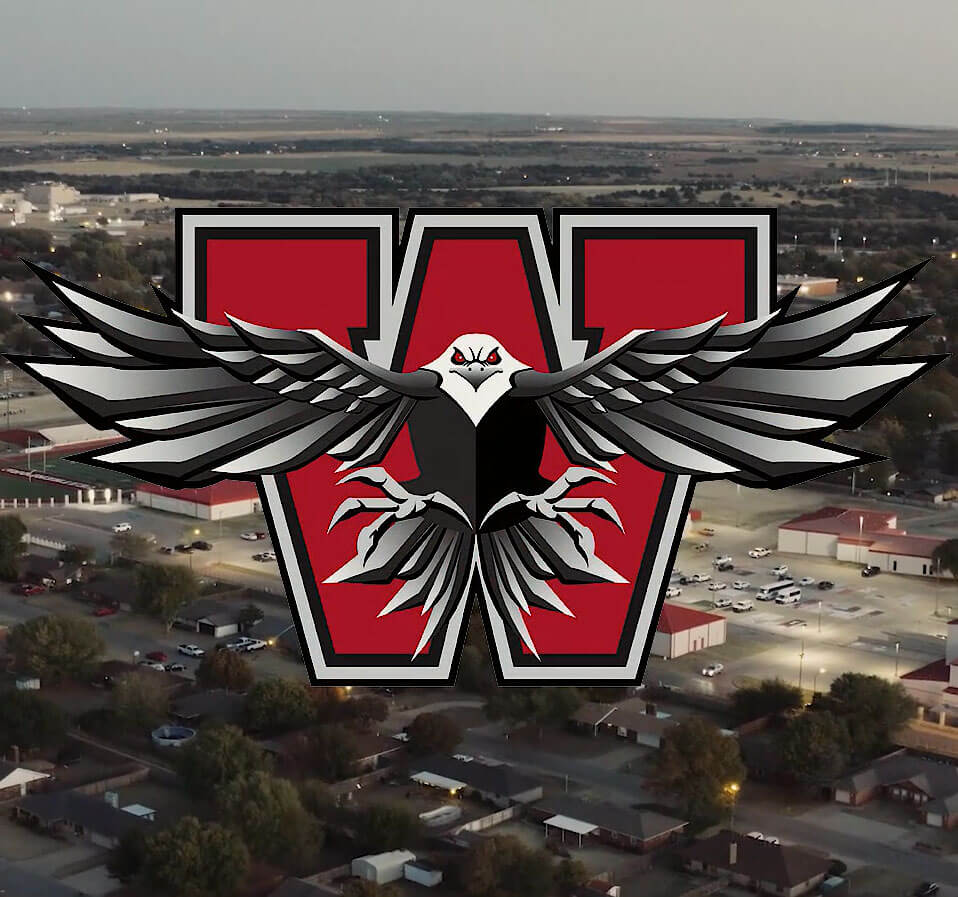Although the town was known as “wild and woolly,” permanent residents began to make it a progressive community suitable for raising families. Churches, schools, and community organizations became a reality. A brick plant, a cement plant, and a broom factory provided jobs and supplies for early residents. In 1901, Mangum, Mountain View, and Granite vied with Weatherford to become home to Southwestern Normal School (now Southwestern Oklahoma State University). With the outcome favorable to Weatherford, the institution celebrated its centennial in 2001.
Route 66 came down Main Street, and some stretches of the old highway remained at the turn of the twenty-first century. During the 1930s, the Works Progress Administration provided funding to build the Weatherford National Guard Armory, which is listed in the National Register of Historic Places (NR 94000492). The 3M Company had a significant impact on the city when the firm relocated from Minnesota to Oklahoma in the 1960s. Employing people from Weatherford and the surrounding area, the 3M plant housed Imation and Ferrina, and an expansion project was in progress at the turn of the twenty-first century. An influx of oil companies and workers came during the oil boom in the late 1970s and early 1980s. The number of inhabitants jumped from a 1960 figure of 4,499 to 9,640 in 1980. The population peaked at 10,124 in 1990.
The airport, named for astronaut Gen. Thomas P. Stafford, a Weatherford native, houses the Weatherford Stafford Airport and Stafford Air and Space Museum. At the turn of the twenty-first century, 9,859 residents enjoyed Weatherford’s numerous parks and sporting fields as well as a golf course, 2 splash pads, pickle and tennis courts, event center, and rodeo grounds. Eighteen churches represented most religious denominations. Weatherford is currently growing at a rate of 1.02% annually, and its population has increased by 2.05% since the most recent census, which recorded a population of 12,076 in 2020.

